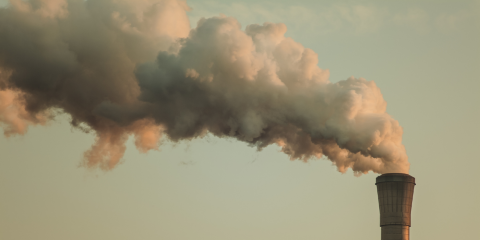Spanish consumers still picking up the tab for Enagás’ investment in redundant gas infrastructure

Addressing Spain’s regulatory loophole would protect consumers from high energy bills at a time when millions are facing energy poverty
Madrid, 19 September 2022 | Enagás, Spain’s monopoly gas transmission system operator, continues to bet on a stream of underutilised gas infrastructure projects to secure revenues, leaving Spanish consumers with some of the highest gas prices in Europe, a new report by IEEFA finds.
Enagás’ strategy to 2030 forecasts significant investment in new and potentially unnecessary gas infrastructure projects, under the premise of achieving security and diversification of supply. Continued investment in new gas projects is difficult to justify when Spain’s gas demand has declined steadily, while the utilisation rate of import gas pipelines and LNG terminals remains low despite the surge in imported volumes. Between 2015-2020, utilisation rate averaged only 37%.
Enagás plans to invest €2.3 billion in new gas and hydrogen infrastructure by 2030, which could rise to as much as €4.8 billion by 2030 if the interconnection projects set out under the REpowerEU plan are included. IEEFA highlights that there is reason to believe that investment decisions are driven by remunerative motivations rather than technical system needs.
Without a change in the rate-of-return regulation, Enagás will continue overinvesting and passing on the costs of redundant infrastructure to consumers at a time when millions are facing energy poverty.
Author Ana Maria Jaller-Makarewicz, Energy Analyst at IEEFA Europe, says: “The regulatory loophole that has allowed Enagás to pursue aggressive, unnecessary gas infrastructure investment while passing the costs to Spanish consumers must be addressed. This is particularly urgent at a time when millions of families and small businesses are struggling to pay their energy bills this winter.”
“Looking ahead to 2030, Enagás’ strategy is to continue investing into gas and hydrogen infrastructure while we see a clear downward trend in the Spanish demand for fossil gas. We must ask, is this all this infrastructure necessary given that utilisation rates are already low today? The answer based on current projections is a clear no.”
71% of Enagás regulated revenues between 2015 to 2020 came from returns on recovery of the investment costs in the network, also called return-on-investment (RD). This was the largest source of revenue over the last regulatory period. RD is paid regardless of how much the assets are used and it has made up over 67% of Enagás total revenue, both regulated and non-regulated. A high RD and low utilisation rate suggest that Enagás has been incentivised to over-build infrastructure assets, driven by this remuneration for investment costs.
The regulator CNMC tried to tackle this issue but did not succeed. A new regulation introduced in 2019 has so far failed to reduce this excessive remuneration, with Enagás’ regulatory revenues in 2022 forecasted to see only a -2% reduction compared to 2020.
Spain currently has some of the highest gas prices for household consumers in Europe. In 2019, Spain hit the highest gas price in Europe at 0.0783 €/kWh. In the second semester of 2021, Spain’s gas price reached 0.0849 €/kWh.
The report is a follow-up to a 2021 IEEFA Europe study which highlighted how Enagás’ strategy resulted in low utilisation rates for gas infrastructure assets in Spain as well as some of the highest gas bills in Europe. Read it here.
Read the report: https://ieefa.org/resources/gas-spain-still-oversupplied-and-overcompensated
About IEEFA
The Institute for Energy Economics and Financial Analysis (IEEFA) examines issues related to energy markets, trends and policies. IEEFA’s mission is to accelerate the transition to a diverse, sustainable and profitable energy economy.
Media Contact
Sofia Russi | [email protected] | +39 3493229728











